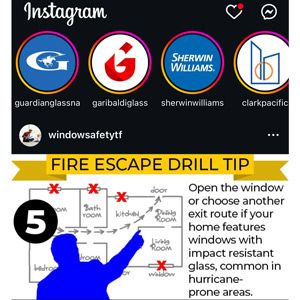blog
October 11, 2024

It was a big deal when Facebook bought Instagram in 2012, and the social media landscape hasn’t been the same since. The company broke further ground in 2016 with the advent of Instagram Stories, the answer to what was then dominating the disappearing video platform: Snapchat. Facebook, now Meta, has come out swinging at its other competitors, as well. Last year, Meta launched Threads, the text-based app that looks an awful lot like X (formerly Twitter). Today, with these three different but connected platforms, Meta is the bulk of the social media landscape. Let’s take a look at what each one does best, and why it is in your company’s best interests to have a profile on all three.
Facebook
Created in 2004, this juggernaut now has more than 3 billion users. It has been through many iterations, but it is still a must-have for company online presences. Users can easily share links, videos, photos and text-based posts with their followers. One of its biggest assets for companies is its advertising platform. Any company page can promote, or sponsor, a post to its followers and, outside of a following, to an extremely targeted demographic.Instagram
Instagram is now bifurcated into two things: the static profile page (or “grid”) and Stories. Stories show up at the top of your feed and allow you to watch videos posted by the accounts you follow, and under that is the feed you scroll, now containing a mix of photos and videos. Companies can advertise here as well, although they must have a Facebook company page in order to do so. Because of this connectivity, users can enjoy the same kind of targeted advertising on Instagram.



